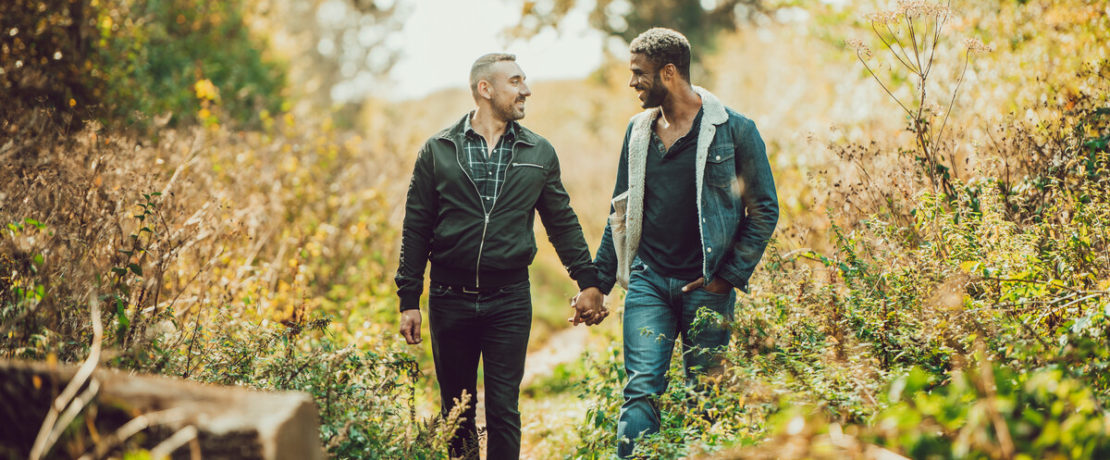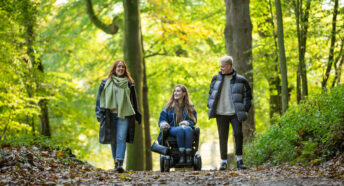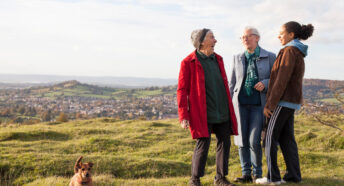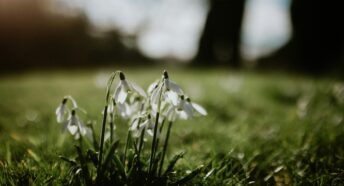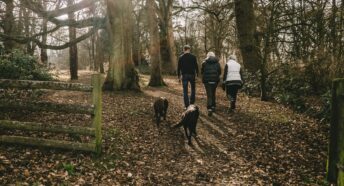Celebrating LGBT+ histories in our countryside
The countryside is full of rich stories, including tales of same-sex love, relationships and flexible gender identities. Charlie Jordin shares some rural LGBT+ icons and their countryside connections.
Before we start our wanderings, a note on language and terminology: lesbian, gay, bisexual and trans identities have existed since the beginning of humanity, but the labels, terms and language that we use today didn’t always exist. While we can’t know for sure if these historical icons would have considered themselves LGBT+ in the way we might today, we can infer from historical evidence that they may have aligned with this identity.
Lord Byron and Southwell, Nottinghamshire
Byron’s romantic escapades are well-known to both history and literature buffs – but did you know he had romantic entanglements with men as well as women? To modern society, he would perhaps be considered bisexual or pansexual – although there’s no way of knowing for certain because such labels weren’t understood back in the 19th century.
Byron spent much time in Southwell, a market town in Nottingham, near Byron’s ancestral home of Newstead Abbey. In fact, he even wrote a playful ditty about a Southwell local, a ‘John Adams’, who was a carrier by trade and at whom Byron pokes fun for being a drunk: ‘A Carrier who carried his can to his mouth well’. Byron concludes: ‘He could not carry off,–so he’s now carri-on.’
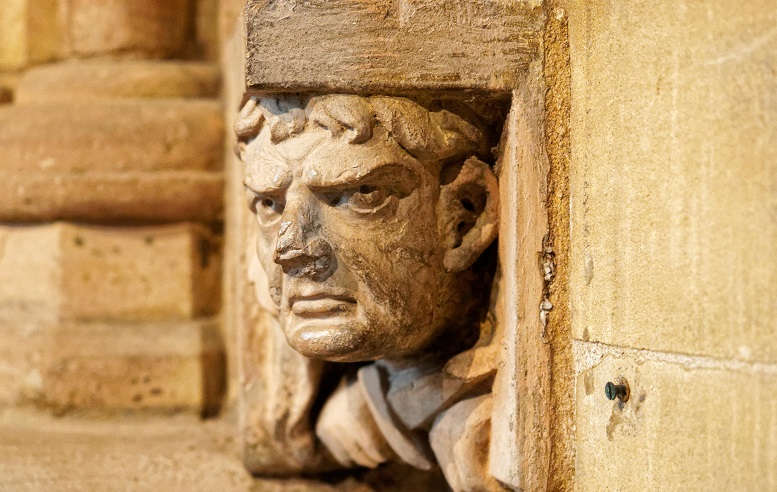
Byron’s time in this rural idyll was not all peaceful, though. After a stormy affair with Julia Leacroft, a young woman living in Southwell, a scandal brewed. The pair had become close, and by 1807, many assumed they would marry. However, Byron, already characterised as a playboy, had no intention of marrying Leacroft. Like a scene out of Bridgerton, it’s even rumoured that Leacroft’s brother challenged Byron to a duel.
Virginia Woolf and Rodmell, East Sussex
Virginia Woolf is one of the most acclaimed and ground-breaking modernist authors. Stepping into Woolf’s carefully curated village home in Rodmell, East Sussex, feels like stepping back into history. Despite the distinctly non-cosmopolitan surroundings to Monk’s House, many authors of the Bloomsbury Group flocked to her home.
Virginia would retreat to the writing lodge in the garden of the house to focus on her work, and it was there that she wrote some of her best-known works, including Mrs Dalloway and To the Lighthouse. Her husband, Leonard Woolf, worked to turn the garden into a classic English country garden, bustling with flowers and wildlife. And Virginia would take quiet, calming walks across the South Downs. The connection to nature and the local area was rich.
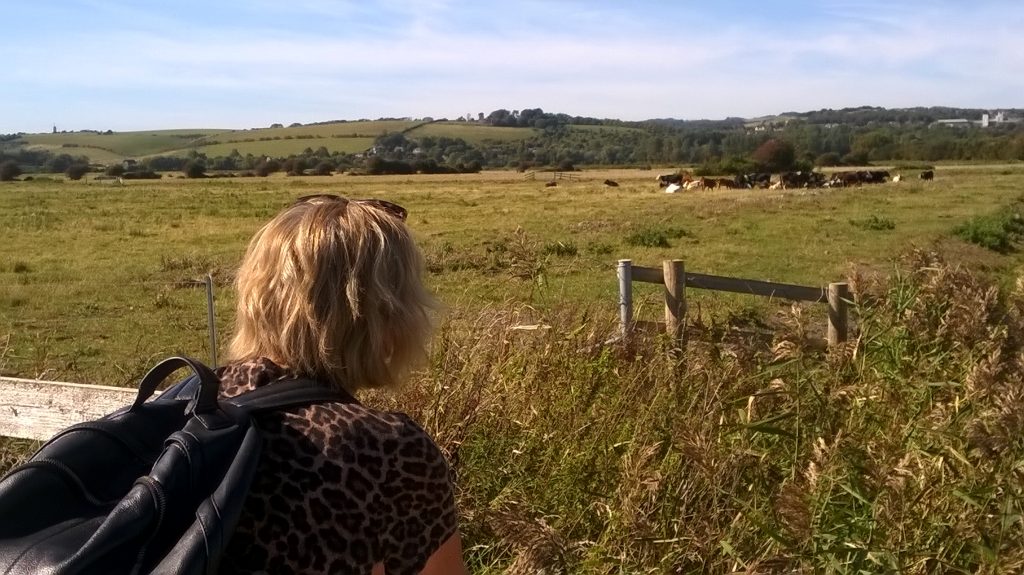
Woolf was considered to believe that gender identity was determined by social and cultural influence, rather than biological -, ground-breaking for the time. These themes come through in her work, not least the novel Orlando, said to have taken inspiration from her friend and lover Vita Sackville-West (of whom more below).
Sadly, there is a final tragic connection between Virginia Woolf and her beloved local countryside. In March 1941, Woolf walked along a track from Monk’s House and took her life by drowning in the River Ouse.
Vita Sackville-West and Sissinghurst, Kent
Vita Sackville-West was an author and garden designer, and Virginia Woolf’s lover. Sackville-West also challenged traditional gender norms by wearing ‘male’ clothing and disguised herself as the husband of one of her lovers, Violet Keppell.
In 1920, Sackville-West and Keppell ran away to France, their husbands chasing after them in a small aeroplane.
Her affair with Virginia Woolf in 1925 aligned with both women’s artistic and literary peaks and each helped to heal one another’s trauma. Vita designed the garden at her home in Sissinghurst Castle in Kent. It was groundbreaking for its time, an everlasting reflection of her talent and vision.
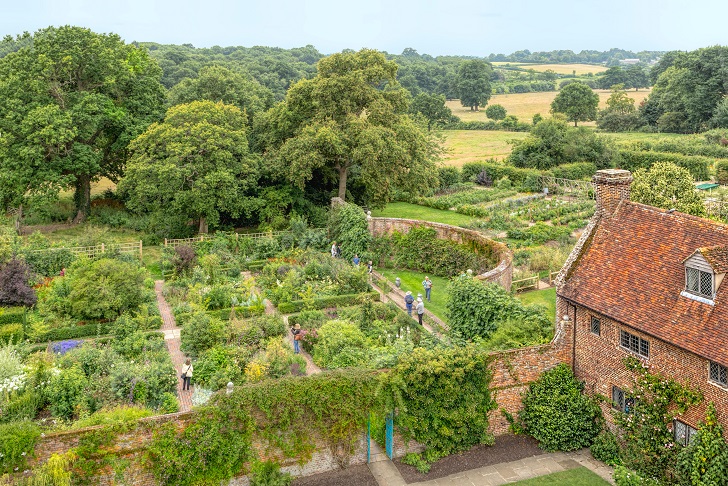
Alan Turing and Bletchley Park, Buckinghamshire
Alan Turing was a mathematician and scientist who, in Bletchley Park near Milton Keynes, famously led the effort to crack the enigma code and related military codes used by Germany in WW2. The Enigma was a machine used by German forces to send encrypted messages.
Bletchley, a stately home set in sweeping grounds, had the advantage of a quiet, rural location set away from prying eyes – perfect for the top secret work happening within – but also being well-connected by rail to the hubs of Oxford, Cambridge and London.
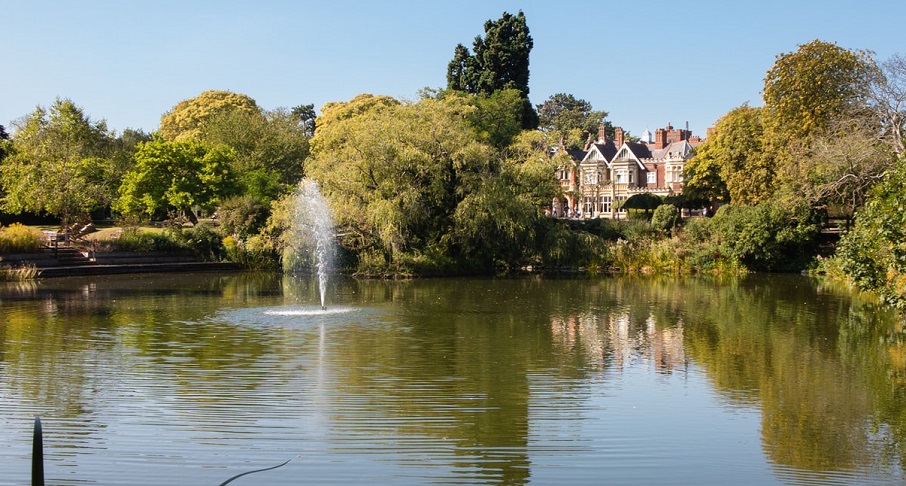
Turing’s first love, Christopher Morcom, tragically passed away from tuberculosis in 1930. His tragic death spurred Turing to work harder on science and mathematics. He kept in contact with Morcom’s mother long after his death, sending affectionate letters on the anniversary of Morcom’s passing.
After being convicted of homosexuality in 1952, his security clearance was revoked and he couldn’t continue his cryptographic work with the British government. Just two years later, Turing tragically passed away. His ashes were scattered at Woking crematorium.
Anne Lister, West Yorkshire
Made famous for a new generation by the 2019 BBC serial Gentleman Jack, based on her life, Anne Lister was an early 19th-century landowner who kept secret diaries on her relationships and activities as a lesbian – so scandalous that for many years they were assumed to be faked.
She was known for wearing striking, masculine attire – attracting plenty of criticism from locals in West Riding – and for connecting to the land in ways that traditionally only men would, such as hiking peaks in the Pyrenees or running a colliery.
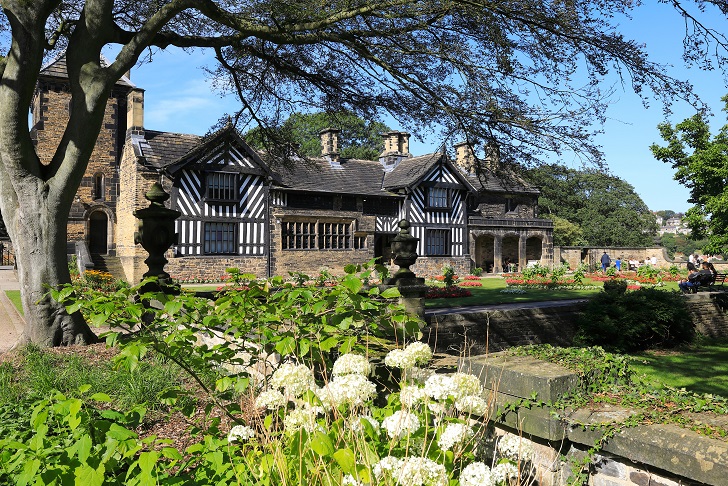
The diaries also detail her interests in landscaping, mining, railways, and canals. Her home of Shibden Hall, near Halifax, is now a museum.
June is Pride month and many venues in both town and countryside will be holding events to celebrate.
